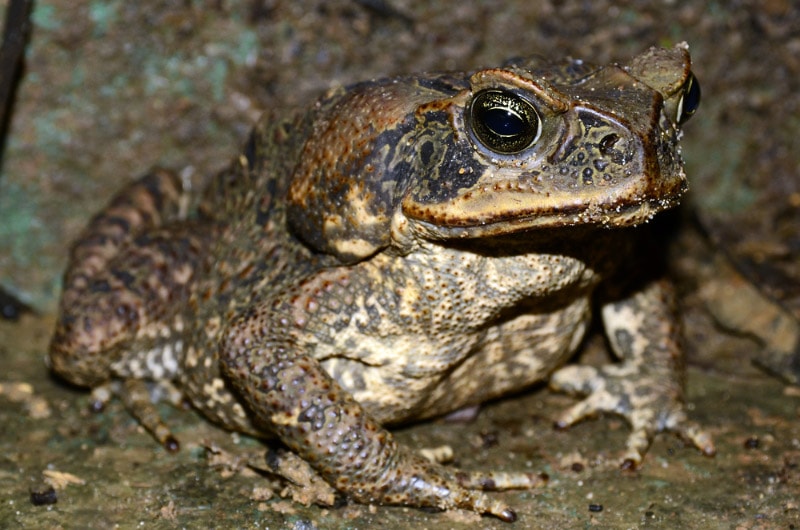16 Types of Tree Frogs (With Pictures)
By Ed Malaker
Updated on
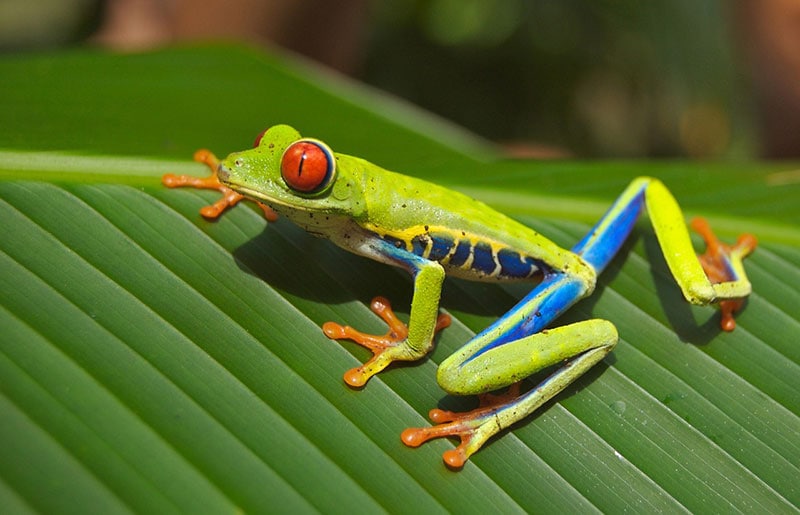
With their vibrant colors, acrobatic abilities, and arboreal lifestyles, tree frogs captivate the imagination of nature enthusiasts around the world. These fascinating creatures belong to the family Hylidae and are known for their unique adaptations that enable them to thrive in various habitats, from lush rainforests to arid woodlands. If you’d like to learn more about them, keep reading as we list 16 of the most popular tree frogs in the world.
The 16 Types of Tree Frogs
1. Red-Eyed Tree Frog
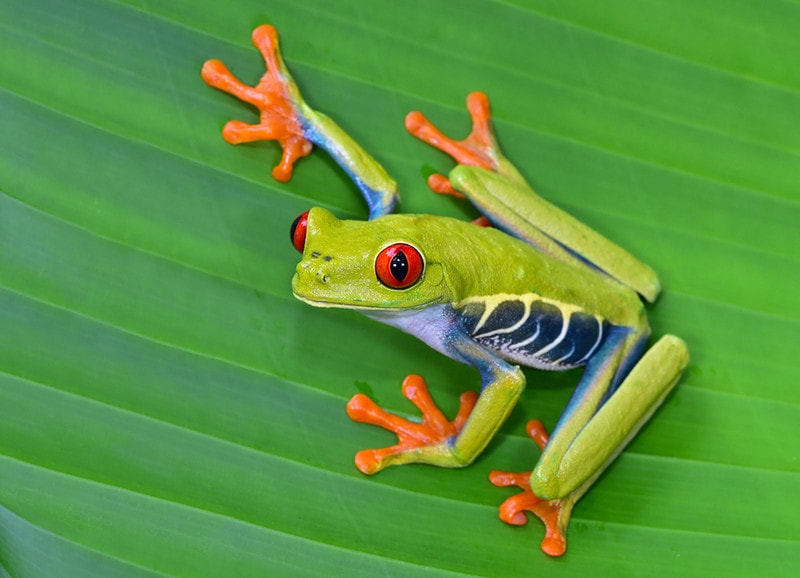
| Scientific Name: | Agalychnis callidryas |
| Active: | Primarily at night |
| Pet Suitability: | They can be challenging to keep as pets due to their specific habitat requirements |
You’ll find the Red-Eyed Tree Frog in the Central American rainforest. This frog has a vibrant green body, red eyes, and an incredible jumping ability. They’ll start flashing their eyes to startle you if you disturb them, as a defensive mechanism.
2. White’s Tree Frog
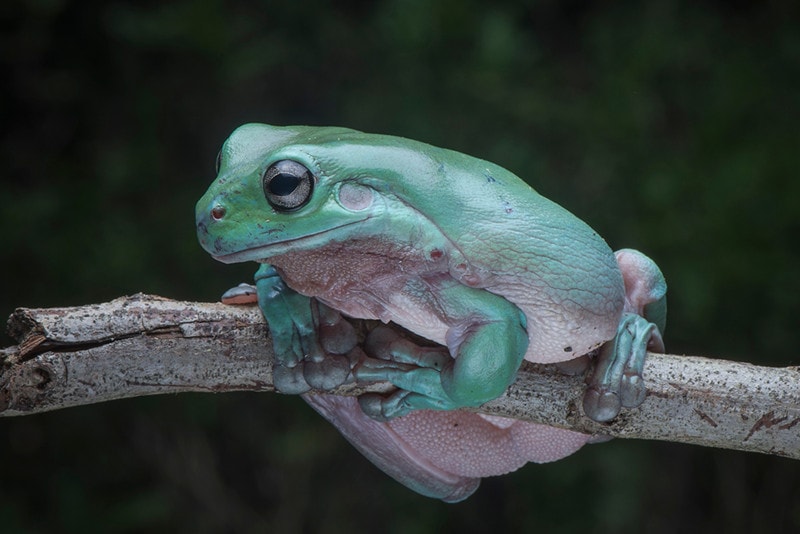
| Scientific Name: | Litoria caerulea |
| Active: | Active at night and during the day |
| Pet Suitability: | They make good pets with proper care |
White’s Tree Frog is from Australia and Indonesia. They have a plump body with a bright green or bluish coloration and an easy-to-recognize croaking call. Their docile temperament makes them great pets, and they are relatively easy to care for.
3. Blue Poison Dart Frog
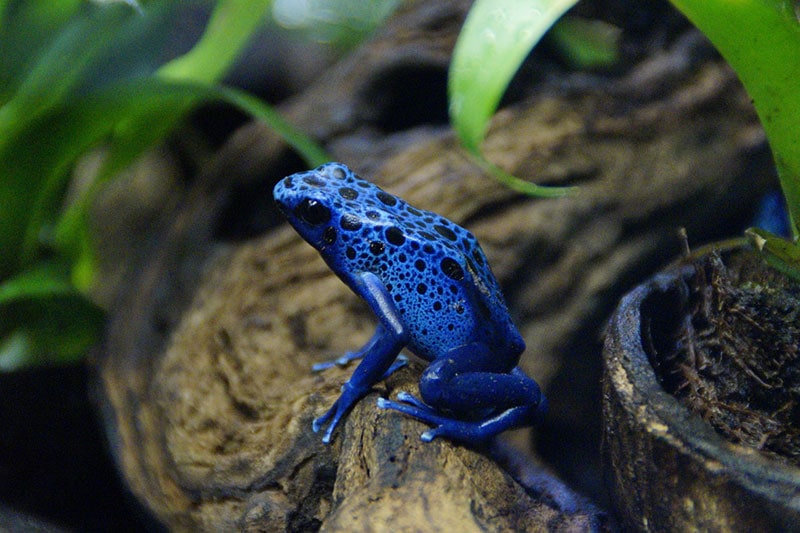
| Scientific Name: | Dendrobates tinctorius |
| Active: | Active during the day |
| Pet Suitability: | They are not good pets due to their toxic skin secretions and specific care requirements |
The Blue Poison Dart Frog is from South America. They’re easy to identify by their dark blue color, which warns potential predators that they are highly toxic, and they also have black spots on their head and back. Unfortunately, these frogs don’t make good pets, so viewing these amazing creatures from a distance is best.
4. Gray Tree Frog
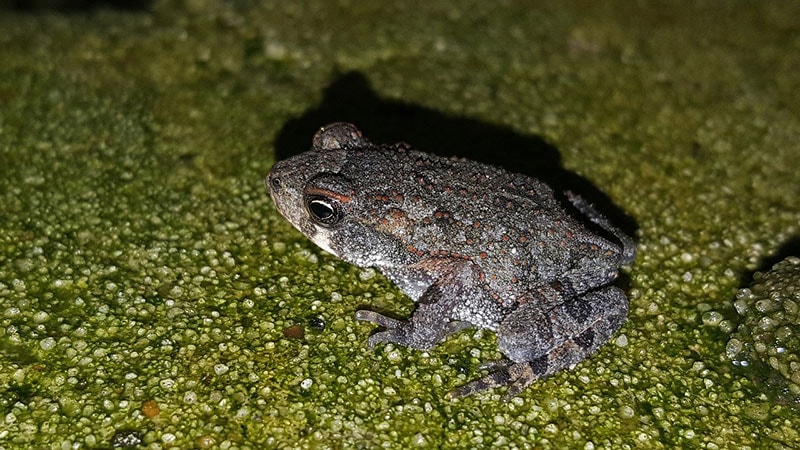
| Scientific Name: | Hyla versicolor |
| Active: | Active primarily at night |
| Pet Suitability: | They are suitable as pets for experienced frog keepers |
The Gray Tree Frog is native to North America, and you can find them throughout the eastern part of the country. They can change color from gray to green to blend in with their surroundings and prefer to stay near trees. After dusk, they emit a loud musical call to establish a breeding territory and find a mate.
5. Green Tree Frog
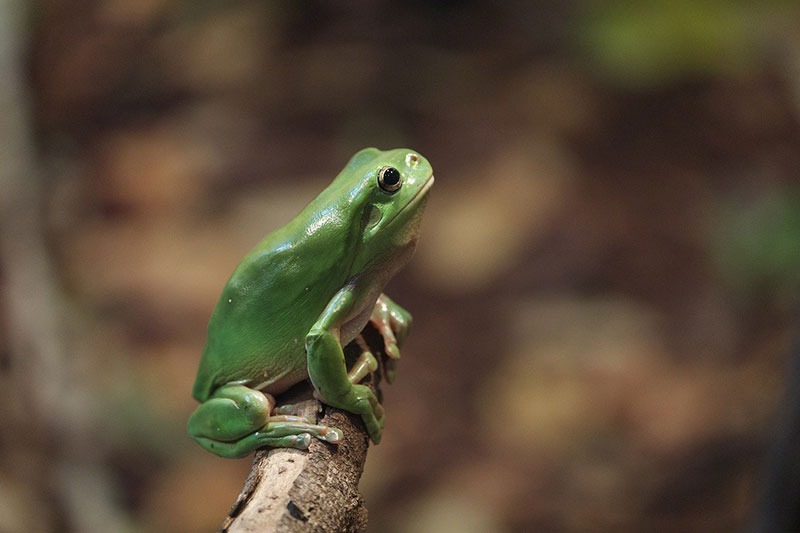
| Scientific Name: | Hyla cinerea |
| Active: | Active at night and during the day |
| Pet Suitability: | They make good pets with proper care |
The Green Tree Frog is native to the southeastern United States, and you’ll find them from the eastern shores of Maryland to southeast Florida and as far west as Texas. They prefer open canopy forests and permanent waters and have a bright green coloration and distinctive call. They are also hardy and adapt well to many different environments, which helps make them good pets for the right owners.
6. Waxy Monkey Tree Frog
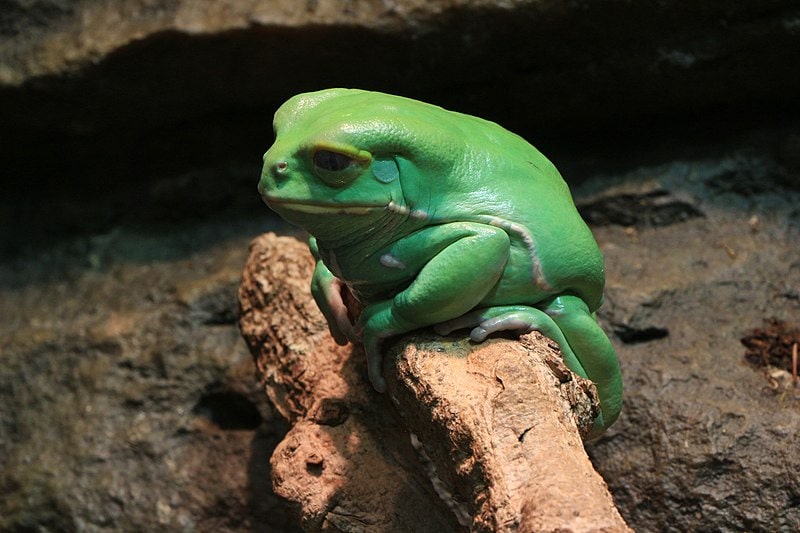
| Scientific Name: | Phyllomedusa sauvagii |
| Active: | Active primarily at night |
| Pet Suitability: | They are suitable as pets for experienced frog keepers |
The Waxy Monkey Tree Frog is from South America, and they produce waxy skin secretions that give them a unique appearance and texture. They rarely hop and prefer to use their hands to climb around on treetops, which is how they got their name. The top of their body is a bright green color, while the bottom is brown or tan.
7. Amazon Milk Frog
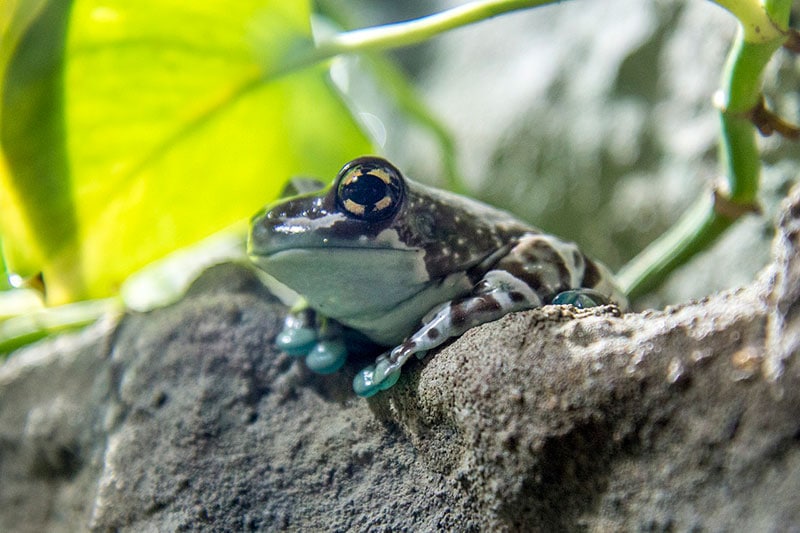
| Scientific Name: | Trachycephalus resinifictrix |
| Active: | Active at night and during the day |
| Pet Suitability: | They are not good pets due to their specific care requirements |
As the name suggests, Amazon Milk Frogs are from the Amazon rainforest. They have a bright green body with dark markings, and they secrete a milky toxin that is poisonous to potential predators when threatened. They spend most of their time in trees and have special toe pads that help them climb plants. They are also incredibly strong and can carry 14 times their body weight, but their specific habitat and dietary needs are challenging to replicate in captivity.
8. Barking Tree Frog

| Scientific Name: | Hyla gratiosa |
| Active: | Active primarily at night |
| Pet Suitability: | They are suitable as pets for experienced frog keepers |
The Barking Tree Frog is native to the southeastern United States. Their name comes from their unique call that resembles a dog’s bark. They can change color from brown, gray, or yellow to various shades of green, and they have large tadpoles. The Barking Tree Frog is also adaptable and can make great pets for the right owners.
9. Vietnamese Mossy Frog
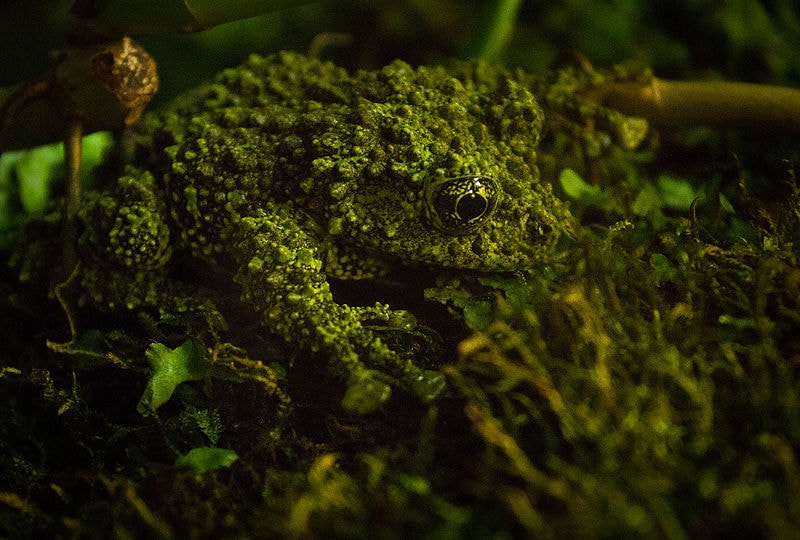
| Scientific Name: | Theloderma corticale |
| Active: | Active primarily at night |
| Pet Suitability: | They are suitable as pets for experienced frog keepers |
The Vietnamese Mossy Frog adapts a moss-like appearance to blend in seamlessly with its environment. As the name suggests, they are native to Vietnam, and you will find them along limestone cliffs and in the rainforest, usually in flooded caves or along the banks of the many streams where they spend much of their time hiding underwater under rocks and vegetation. They can throw their voices more than 10 feet, which makes it extremely difficult to find them in the wild.
10. Clown Tree Frog

| Scientific Name: | Dendropsophus leucophyllatus |
| Active: | At night and during the day |
| Pet Suitability: | They are suitable as pets for experienced frog keepers |
The Clown Tree Frog is from the rainforests of South America, and they get their name from the colors and patterns on their body that resemble a clown’s face. They usually have a brown base color with a tan, yellow, or cream pattern, but other mixtures exist, including yellow, red, and black. They have a raspy voice and can become more vocal as the barometric pressure declines, which can tip you off to an approaching storm.
11. Golden Poison Frog
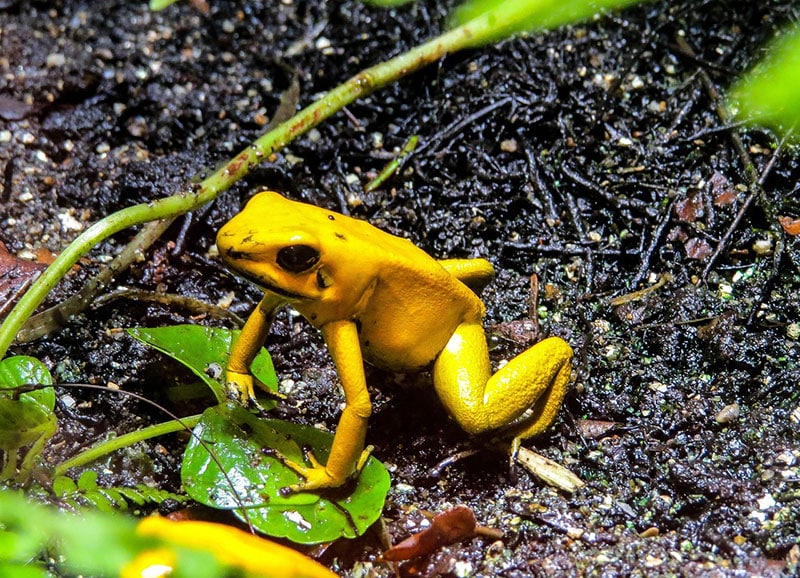
| Scientific Name: | Phyllobates terribilis |
| Active: | During the day |
| Pet Suitability: | They are not good pets due to their toxic skin secretions and specific care requirements |
You’ll find the Golden Poison Frog in the rainforests of Columbia. They have a brilliant gold color and are one of the most toxic animals on earth. A single 2-inch frog has enough venom to kill 10 people, and the indigenous peoples of the area frequently coat the tips of their blowgun darts with the toxin when they hunt. However, this frog’s numbers are rapidly declining due to the decimation of the rainforest.
12. Splendid Leaf Frog
| Scientific Name: | Agalychnis spurrelli |
| Active: | Primarily at night |
| Pet Suitability: | They are not good pets due to their specific care requirements and limited availability |
The Splendid Leaf Frog is a rare breed from the rainforests of Panama and Costa Rica, with a unique leaf-like appearance and bulging eyes. Unfortunately, it can be hard to find one of these due to habitat destruction, so they won’t make a good choice for a pet.
13. Cuban Tree Frog

| Scientific Name: | Osteopilus septentrionalis |
| Active: | Primarily at night |
| Pet Suitability: | They are not good pets due to their invasive nature and potential impact on native ecosystems |
The Cuban Tree Frog is native to Cuba and the Caribbean. This is a large frog with an average length of 4 inches, though some individuals can reach 6 inches, making them the largest tree frog in the United States. The skin pattern is highly variable between individuals; some have no pattern, while others have heavily patterned skin. The color can also vary, ranging from gray or tan to green. Many people consider them an invasive species, so they’re not a good choice for a pet because they could damage the environment if they were to escape.
14. European Tree Frog

| Scientific Name: | Hyla arborea |
| Active: | Primarily at night |
| Pet Suitability: | They can make good pets with proper care |
You can find the European Tree Frog in Europe and parts of Asia. They have a distinctive calling sound and smooth skin that can vary in color from green to tan. Their small size and adaptability make them a good choice to keep as a pet.
15. Squirrel Tree Frog

| Scientific Name: | Hyla squirella |
| Active: | Primarily at night |
| Pet Suitability: | They are suitable as pets for experienced frog keepers |
The Squirrel Tree Frog is native to the southeastern United States. They are a small frog with a squirrel-like appearance that gives them their name. They come in several colors but are usually green and resemble the Green Tree Frog.
16. Australian Green Tree Frog
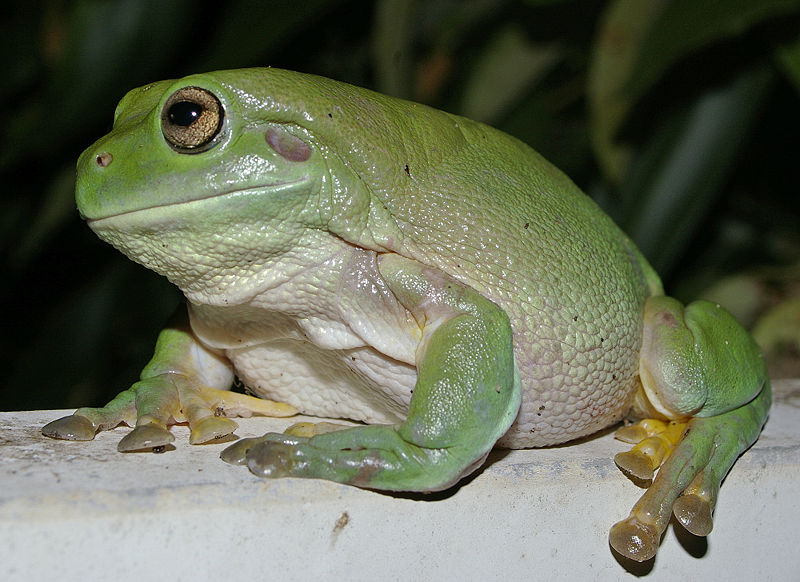
| Scientific Name: | Litoria caerulea |
| Active: | At night and during the day |
| Pet Suitability: | They can make good pets with proper care |
The Australian Green Tree Frog is native to Australia and New Guinea. They have a vibrant green color and a docile temperament and are easy to maintain, which makes them a great pet. A distinctive fatty ridge over the eyes gives them a sleepy appearance. They spend their days hiding in cool, dark areas and come out to hunt and call at night.
Conclusion
Tree frogs are diverse amphibians with remarkable adaptations and unique characteristics. From the colorful Red-Eyed Tree Frog to the docile and popular Australian Green Tree Frog, each species has its own set of traits. While some tree frog species can make suitable pets, many have specialized requirements, such as specific temperature and humidity levels, appropriate diet, and proper habitat setup, that can be hard to replicate in a home. Also, some species, like the Poison Dart Frogs, possess toxic skin secretions, making them unsuitable as pets.
Featured Image Credit: 12019, Pixabay


